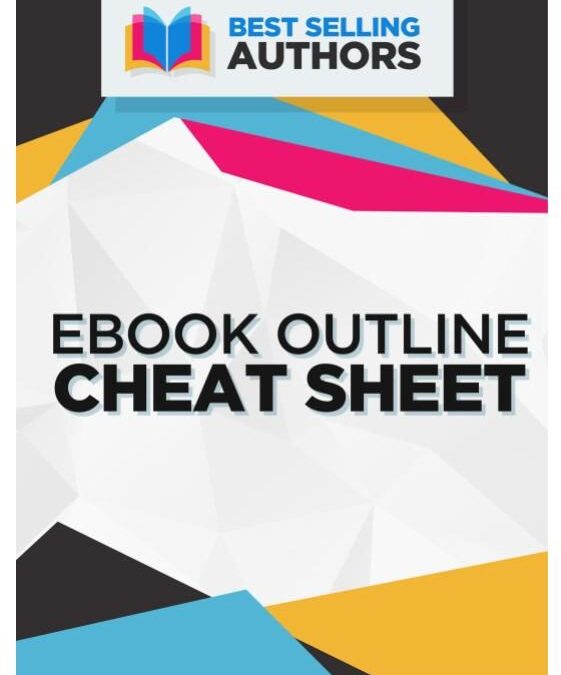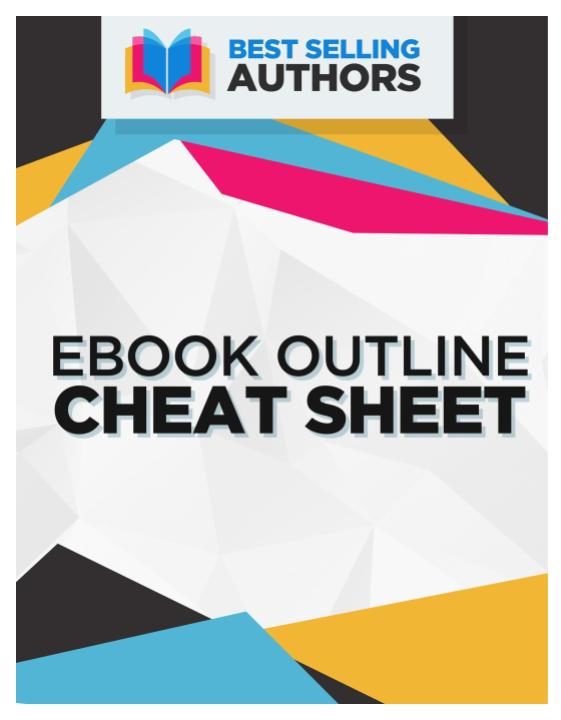Though the term “on demand” usually refers to movies, the publishing world has a version of on demand called POD technology.
Publish on demand (POD) has really changed the way that the printing world produces books. In fact, there are hardly any printing houses that use traditional forms or printing technology, and many different presses now use POD technology instead. Rather than print a large number of books (or other types of publications) it allows a printing house to produce books as they are needed.
Many years ago, large numbers of books were printed at one time (often result in a large amount of waste). Today, those printing presses that use POD, only print one book per request. For example, if a press receives and order to twenty books, those twenty books are printed only after the order has been issued. This type of printing is also useful due to the fact that a POD press can easily retain digital copies of a text that are available when they are needed. Many university presses use POD as a way to print small quantities of texts as they are requested … and sometimes, a book that has been out of print for awhile can be reproduced using POD technology.
As far as efficiency goes, book publishing on demand technology has made printing small amounts of text very easy. Also, most POD presses will charge a publishing house one fixed fee per copy – no matter what the size of the order actually is. In this manner, the overall cost associated with POD printing is much lower than with traditional printing. Publishing houses will not have to keep a large amount of texts on hand when they use a POD company (instead, they can simply ask for copies as they are needed). From a publisher’s point of view POD printing really makes a lot of sense.
Though POD may be a valid printing option, there are also some negative things to consider concerning this process. Throughout the traditional printing procedure, the entire printing process is carefully monitored and inspected. When a POD company steps in, the printing is entirely digital, which means that a lack of quality control can occur. However, for the author that wants to self publish, contacting a POD company may prove to be inexpensive and useful.
As you can tell, book publishing print on demand technology has really opened up a lot of doors within the publishing world. As more and more publishing houses (and independent authors) move towards POD technology, traditional printing methods are slowly becoming a thing of the past … which may, or may not, be a good thing.
|
Aazdak Alisimo writes publishing articles for BookPublishingHouses.com – your resource for book publishing houses. |



I read you post. This is informative and helpful..
Nice Posting…
Because POD costs more per book, it makes sense mostly for small presses, vanity presses, and authors interested in self-publishing. Larger presses, who’ve already invested in warehouses and who can absorb returns of unsold books, continue to use traditional printing methods.